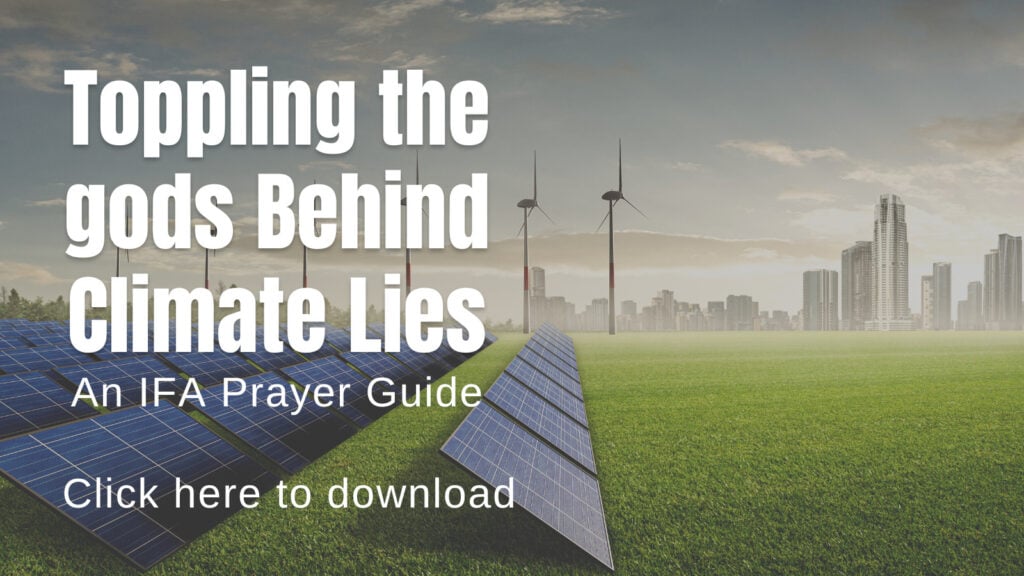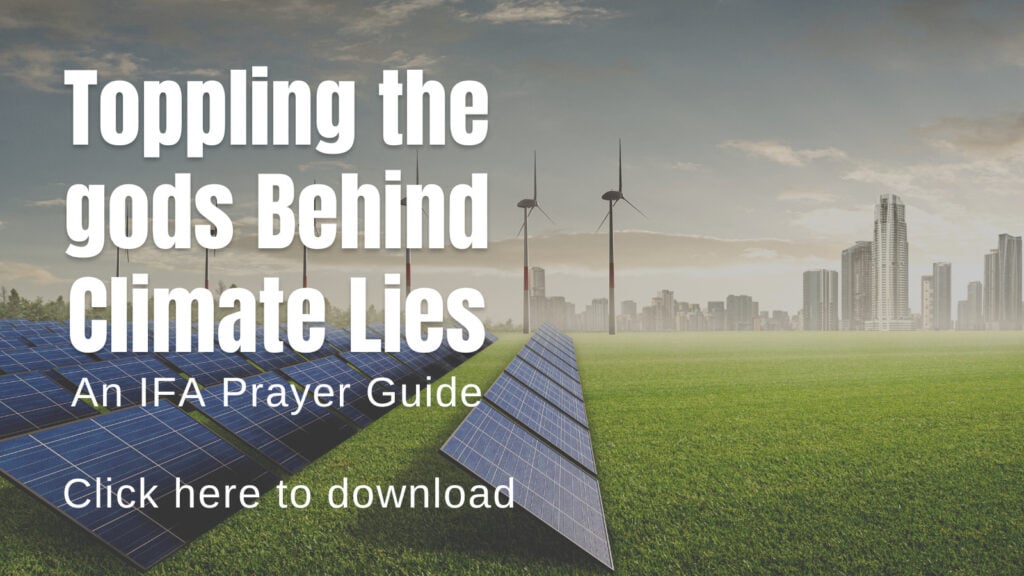
As energy demand rises, energy can’t keep up. IFA was warned by industry insiders about planned outages across the country. What would this mean for you?
From The Epoch Times. More than two-thirds of North America could see electrical outages when temperatures spike this coming summer because utilities in many areas do not have sufficient reserve generation capacity to meet surges in demand.
This content is supported by your donations.
Give today.
According to an annual summer reliability assessment published on May 17 by the watchdog North American Electric Reliability Corporation (NERC), the power grid in at least eight regions of the United States and one in Ontario, Canada, face elevated risk of brown-outs and black-outs during heat waves between June and September, attributed at least partially to the disruption being caused by the growing reliance on so-called “green” energies that advocates want to see supplant fossil fuels.
“The elevated risk profiles that we’re seeing are driven by a combination of conventional generation retirements seen over the last couple of years, a substantial increase in forecasted peak demand and new loads coming—we are electrifying more than we ever had in the past,” NERC Director of Reliability John Moura told reporters during a conference call following the release of the assessment. …
The report (pdf) cites the “rapidly-changing resource mix” driven by President Joe Biden’s goal to “decarbonize” the U.S. electrical grid by 2035 as spurring a disjointed transition from oil, gas, and natural gas to renewable energies, such as wind, solar, and nuclear, before the grid can adjust and expand transmission capacities. …
‘No Surprises’ in Report
National Association of Regulatory Utility Commissioners (NARUC) Executive Director Greg R. White told The Epoch Times that while he had not done a deep dive on NERC’s assessment as yet, its warning of summer power outages contains “no surprises.”
“The pace in which we are closing fossil fuel plants is exceeding the pace that we are bringing new plants online,” White said. “If you are paying attention to what is going on in this industry, the industry has been saying the transition [from fossil fuels to renewables] would be challenging.” …
Grid Update
The regional grids most at risk are: the Midcontinent Independent System Operator (MISO), which manages grids in 15 states and the Canadian province of Manitoba; Northeast Power Coordinating Council (NPCC) New England, which includes utilities in seven states and the Canadian provinces of Ontario, Québec, New Brunswick, and Nova Scotia; SERC-Central, which spans 16 southeastern and south-central states; Southwest Power Pool (SPP), which includes utilities and transmission companies in 17 states; Electric Reliability Council of Texas (ERCOT), which supplies power to more than 25 million Texans and represents 90 percent of the state’s electric load; The Western Interconnection, which serves more than 80 million customers across all or part of 14 states, Canadian provinces of British Columbia and Alberta, and the northern reaches of Baja California in Mexico; and NPPC-Ontario.
According to NERC, all of the regional grids are expected to meet demands during normal operations. …
But the question here as well as in other regional grids, NERC maintains, is “wind generator performance during periods of high demand.” …
In NPCC-New England’s grid, emergency resources and supplies “from neighboring areas are likely to be needed during more extreme demand or low resource conditions” and in NPCC-Ontario, a planned offline refurbishment of a nuclear power plant and a “constrained transmission network” could cause power outages, with the Windsor-Essex area being particularly vulnerable, NERC said. …
In ERCOT’s grid, NERC documented “strong growth in both resources and forecasted demand,” meaning that supply to the grid is adequate for normal operations but, with the infusion of green energies in the mix, has not been tested in a peak demand surge. …
Dual Bottleneck Looming
NARUC’s White noted that while NERC has identified nine “elevated risk” areas, this year’s pre-summer assessment has not designated any grids as being at “high risk” of going dark. …
The summers are getting hotter, White said, with heat waves causing power demand surges in areas where such events were rare. …
White said that utilities and transmission companies are finding it difficult “to keep up with the transition” and that financial pressures from a surge of investment into renewables is creating “some opportunities for arbitrage through using transmission.”
NERC’s assessment confirms what Federal Energy Regulatory Commission (FERC) Commissioner Mark Christie told the Senate Energy & Natural Resources Committee in a May 4 hearing.
“The United States is heading for a reliability crisis,” he said. “I do not use the term ‘crisis’ for melodrama but because it is an accurate description of what we are facing,” Christie said. “I think anyone would regard an increasing threat of system-wide, extensive power outages as a crisis.” …
The dual bottleneck of the grid’s limited transmission infrastructure and fossil fuel plants being retired at a rate faster than new plants using unreliable renewable energy sources are being built to replace them will have a lot of people paying attention to weather forecasts this summer, NMA’s Nolan said. …
How are you praying for our grid? Share this article to encourage others to pray.
(Excerpt from The Epoch Times. Photo Credit: Canva)

